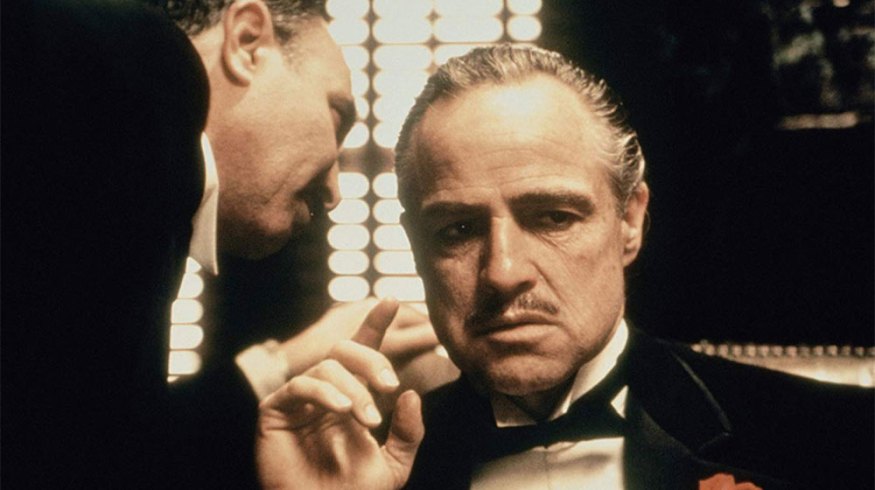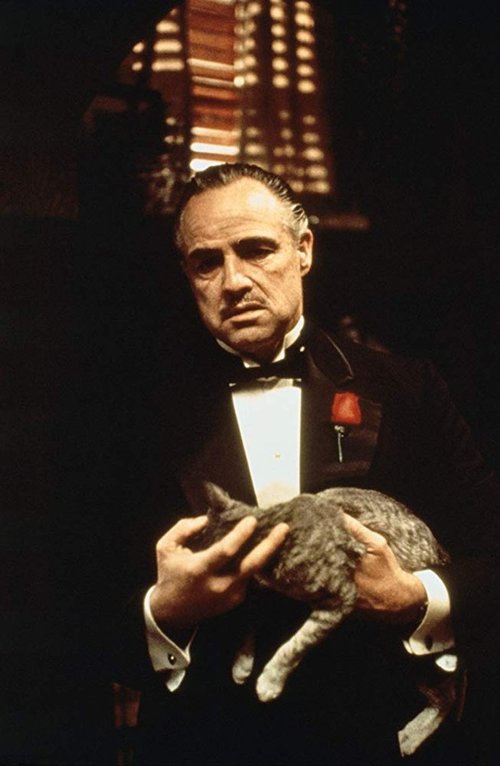
How Invisible Camera Movement Conveys Emotion
Camera movement is an important decision for any scene. Let’s take a look at how subtle differences in camera movement can evoke different emotions.
Like any good magic show, a film’s power often stems from elements the audience doesn’t notice. Bertolucci used subtle color combinations in The Last Emperor to express his lead character’s stages in life. Sound designers mixed the roars of wild animals into the engine noises of Raiders of the Lost Ark — making the chase more primal.
Timing

The slow progression of the camera allows for a more dramatic reveal of the main character. Image via Paramount.
One of the most memorable openings of a crime film is the monologue at the beginning of The GodFather. Bonasera uses his “I believe in America” speech to ask Vito Corleone to take revenge on the men who wronged his daughter in a long, continuous take. In an interview, Coppola said that the scene was inspired by the monologue that opened Patton, the film that won him his first Oscar.
The scene is more dynamic because of the slow, almost-invisible pull-back that takes place over the entire two and a half minutes of monologue. It slowly reveals Brando’s Vito Corleone and the dark study he’s occupying. It’s an amazing piece of filmmaking that’s been copied and parodied ever since.
Movement

Make sure the length of the slider equals the length of the shot. (Image via Dmytriy Fursov.)
The “Slow Push” or “Slow Pull” camera move works because it’s so subtle. Our conscious minds don’t notice the movement because it’s so gradual. The effect passes into our subconscious without comment or defense.
Probably the most commonly used variation of this technique is a slow dolly in during a confession or story told by a main character. The camera move brings us closer — physically and emotionally.
For a long time, the only way to achieve this move was with a zoom — rather than a dolly — because of the very subtle changes in focus necessary over a sustained period of time. Coppola used a mechanical zoom lens to achieve his shot.
Now, with new autofocus systems, keeping things sharp is pretty straightforward. You need a slider the same length you plan the move to be, and you need something to elevate the camera enough that you won’t see the slider tracks at the most extreme position. Lens selection will help with this, or you can remove the slider tracks in post.
You’ll also need a motion control motor compatible with your slider. Not all systems are expensive. There are brands like ProMediaGear that you can attach to an existing slider for a few hundred dollars. Once attached and set to the lowest speed, you’ll have at least a couple of minutes to stage your scene. You can use autofocus (I used my Canon C200 with a 50mm EF lens) to keep the face sharp the whole time.
The slow push carries great power, so it’s worth experimenting with. You never know when a scene might need a little extra gravitas.
Cover image via The Godfather (Paramount).
Looking for more filmmaking tips and tricks? Check these out.





